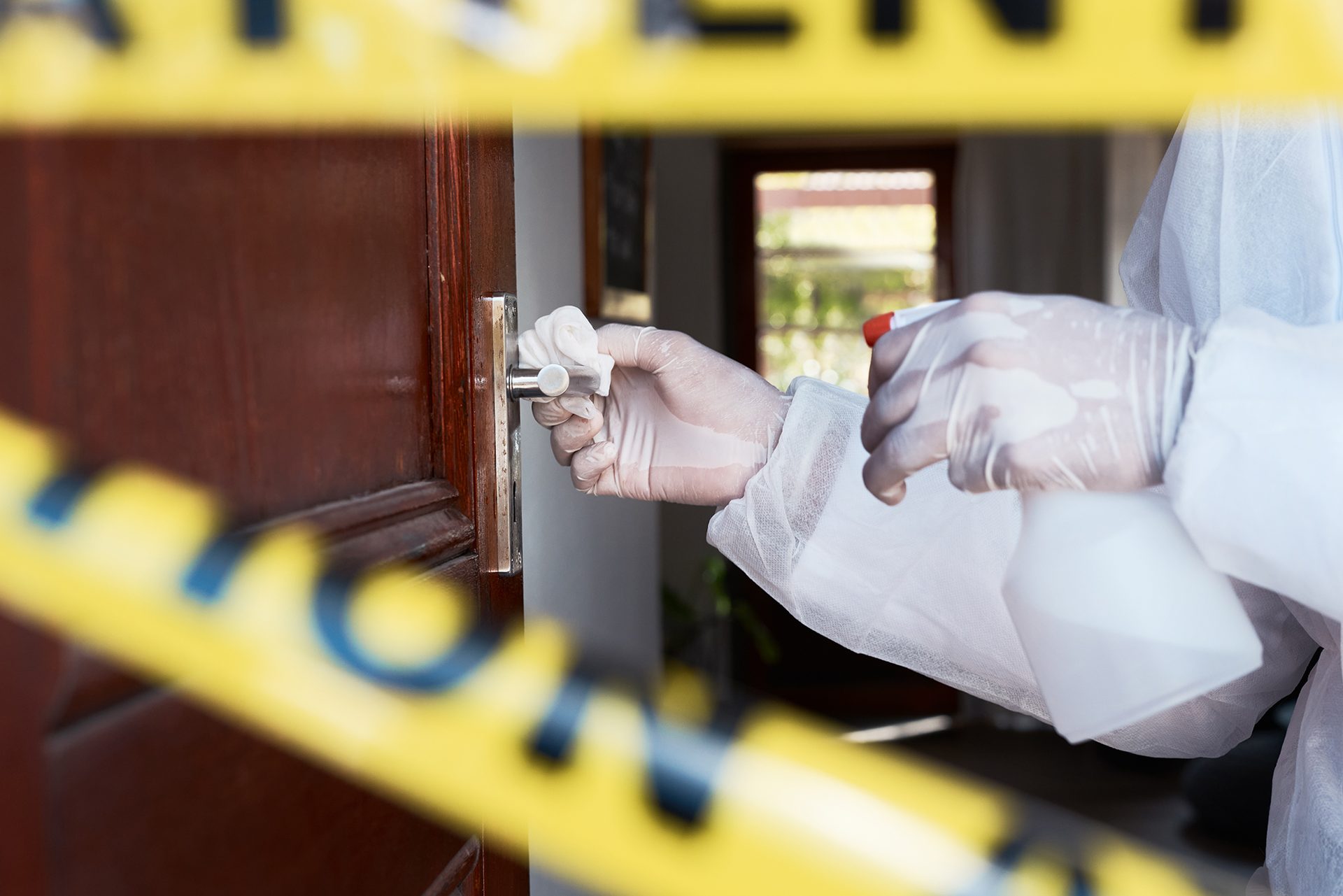Anut21ng /iStock / Getty Images Plus via Getty Images
By James (Lee) Senter
The ABCs
of Health and Safety for a Restoration Company
By Ivan Turner
Andrey Grigoriev/iStock / Getty Images Plus via Getty Images
By Adrienne Buhr
to Remove Smoke Odors?
Hydroxyls
Why Choose
It is unknown why an emphasis on health and safety has been lacking in most training classes for the restoration industry. All things considered, the risk of harm on a restoration site is far more substantial than on a regular construction site.
This article is the first in a series about developing a good health and safety manual for a restoration company.
A basic health and safety program for the restoration industry will involve the development of programs and plans such as a written hazard communication program, a respiratory protection plan and an exposure control plan.
Our industry differs from most others. We often enter sites that have been exposed to water damage incidents, fire and smoke damage and wind damage. These sites have been changed dramatically since before the incident in question happened. No matter what State or Province you live in, your restoration company has an obligation to comply with something called the “General Duty Clause”.
In America the General Duty Clause reads as follows:
Shall furnish to each of his employees employment and a place of employment which are free from recognized hazards that are causing or are likely to cause death or serious physical harm to his employees;
So how do you ensure that the work site you attend is free of hazards? The company shall designate someone to perform a hazard assessment according to 29CFR 1910.132 (d)(1) which states:
The employer shall assess the workplace to determine if hazards are present, or are likely to be present, which necessitate the use of personal protective equipment (PPE).
In addition, section 1910.132 (d)(2) goes on further and states:
The employer shall verify that the required workplace hazard assessment has been performed through a written certification that identifies the workplace evaluated; the person certifying that the evaluation has been performed; the date(s) of the hazard assessment; and, which identifies the document as a certification of hazard assessment.
It only makes sense that the first thing a worker would do when arriving at a site that has been affected by disaster is to ensure that it is safe to enter. Once the hazard assessment has been completed, the company should follow the hierarchy of controls, including the use of personal protective equipment (PPE), to eliminate, minimize or control the identified hazards.

But that is not enough on severely damaged sites. Sometimes the structure of the building has been or could be damaged and rendered unsafe for entry. For sites where structural integrity is in question, the restoration company must perform a site safety survey in addition to the hazard assessment. OSHA construction regulations mandate that a site safety survey be conducted on sites with significant fire or water damage. Restoration companies shall engage specialized experts, such as engineers or other qualified professionals, to carry out a site safety survey whenever there are risks associated with, but not limited to:
- deep water from fire suppression systems that may wash away the footing of the structure;
- a chance of collapse of the structure or adjacent structure (e.g., framing, floors, walls, roofs, foundations);
- walls, ceilings or floors that are shored or braced;
- trash chutes and floor holes and openings; and
- demolition of exterior walls and floor construction.
After eliminating the hazards and installing engineering controls to control or minimize the existing hazards at the worksite, the employer shall select PPE for the workers on site.
A good hazard assessment incorporates elements from the company’s hazard communication program, respiratory protection program and exposure control plan into their worksite assessment.
When the restoration company follows the procedures and does a daily toolbox meeting to ensure that all controls are functional, they establish their due diligence, which is very important in case an accident or incident occurs.
Other ways of ensuring a worksite is safe include performing a job hazard analysis on tasks performed on the site that could cause serious injury. Accident and incident investigations also help a restoration company establish their due diligence.
This is where a health and safety program starts. By assessing the worksites for hazards and eliminating them or controlling them, the restoration company will inevitably develop a culture of safety at their company. This usually serves to retain good employees and keep them happy.
In the next article, we will discuss the development of a well-written hazard communication program.
Adrienne Buhr is a marketing professional with nearly two decades of expertise in developing strategic marketing initiatives across a range of industries. Currently, she focuses on air purification and indoor air quality for Pyure Dynamic Protection, where she specializes in developing subject matter expert content to inform and educate professionals on the benefits of cleaning the air for improved business outcomes. Her work includes producing knowledge-driven content for the restoration and remediation sectors and others, particularly in the areas of odor removal, pathogen, and chemical contamination mitigation. Adrienne can be reached at abuhr@pyure.com..
James (Lee) Senter has been in the cleaning and restoration business since 1979. He is the president of the CFCRA and an IICRC shareholder representative. Senter is the chair of the IICRC Safety and Health Field Guides and the past vice chair of standards at IICRC. He is also an adjunct professor at Humber Polytechnical Institute in Toronto. Senter can be reached at leesenter@hotmail.com.
December 2024

